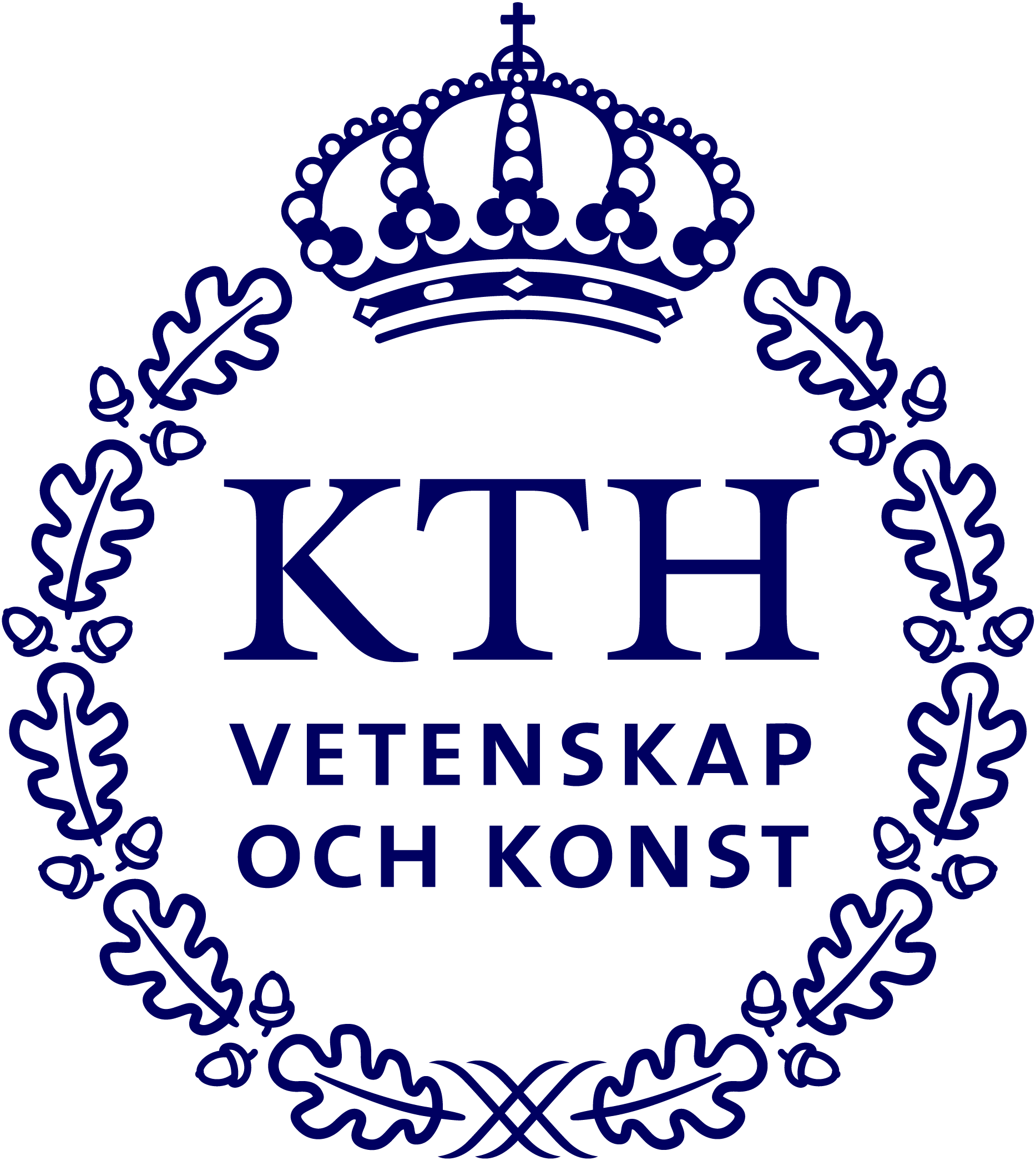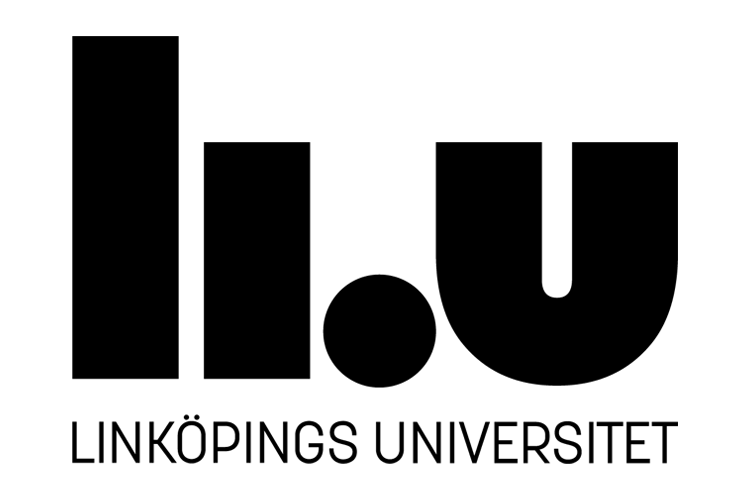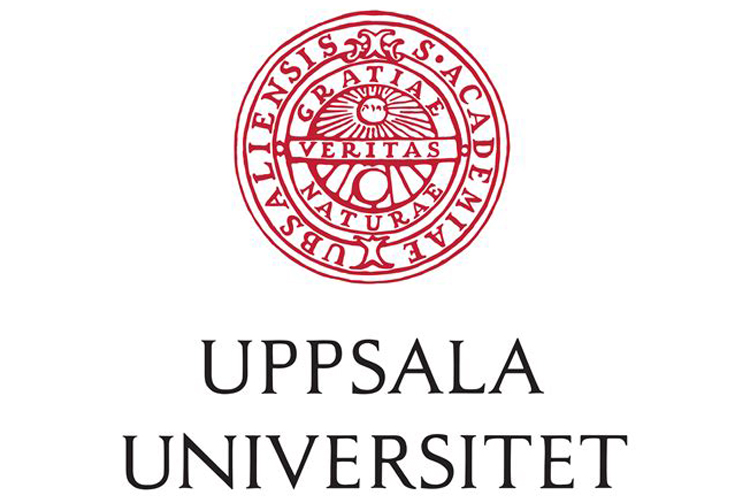PETRA IV prestudy
There are plans to upgrade the PETRA synchrotron to PETRA IV. A prestudy has assessed the impact of the planned upgrade on the Swedish Materials Science beamline - including the opportunity for a state-of-the-art X-ray microscopy instrument for experiments at the nano scale in bulk materials and devices.

Background
DESY has an ongoing planning project, PIV, to upgrade the PETRA III synchrotron to its 4th generation.
CeXS therefore also has ongoing dialogues with DESY to assess the impact and opportunities for the Swedish Materials Science beamline.
What has happened so far
DESY has an ongoing project.
To capture user input in order to design the portfolio of beamlines, in 2020, DESY made a call for Scientific Instrument Proposals (SiPs). 189 proposals were submitted, 3 of which were orchestrated by CeXS and led by Swedish PIs. All 3 Swedish SiPs were highly ranked, with the proposal for a multi-scale high-energy x-ray microscopy (HEXM) receiving the highest ranking of all 189 submitted proposals.
From these SiPs, DESY proposed this portfolio of beamlines. Within that portfolio, the Swedish Materials Science beamline would retain its optimal position i.e. have a long X-ray flight path.
On 23 September 2023, DESY submitted this proposal to the German authorities. The proposal was viewed favourably, and in November 2023 the German Federal Government allocated 40 million Euros to fund a pilot project for detailing the upgrade.
The tentative dates for the planned shut down period are: 31 Dec 2026 to 31 Dec 2028. That would enable PETRA IV to go live with the first trench of beamlines available for users on 1 January 2029. Note. DESY's plans are dynamic because the PETRA IV upgrade project requires noteworthy financing, involves many actors and is technically complex. Indications are that a two year warning of the shutdown will be given after the German Federal Government announces the full funding.
Ambitions for PETRA IV
The ambition is that PETRA IV will be the world's most brilliant X-ray source.
Brilliance is a measure of the directionality and intensity of an X-ray beam. Intensity is important because it determines whether a signal can be obtained, or not. Intensity also influences the maximum temporal measurement frequency. Directionality (coherence) is important because it determines the focal size of the beam and thereby the scales of the phenomenon that can be measured. Directionality (coherence) also influences measurement repeatability.
The PETRA IV design has been elaborated by DESY in this Conceptual Design Report .
A key element of the design is multi-bend achromat technology, which was pioneered by MAX IV (and subsequently implemented in SIRIUS and ESRF). Multi-bend achromat technology, together with the PETRA synchrotron's large circumference, ought to produce X-rays that have a brilliance that is more than 1000 times PETRA III's current high-energy X-rays - with an ability to focus down to the nanometer scale.
DESY is therefore promoting PETRA IV as "the ultimate 3D microscope". Measuring length scales as low as Å scales, as well as being able to dynamically scale up to mm scales, is important to make scientific breakthroughs in many fields.

Impact on the Swedish Materials Science beamline
Technically, since the Swedish Materials Science beamline is a new, state-of-the-art instrument, it’s components can be simply refurbished and optics upgraded to take into account the PETRA IV beamline's characteristics. Thus, existing Swedish investments will be sustained.
This straightforward refurbishment also means that DESY currently plans for the Swedish Materials Science beamline to be amongst the first trench of beamlines to go live on 1 January 29.
When the PETRA IV Swedish Materials Science beamline opens, researchers will be able to measure deeper within materials, capture information down to smaller scales as well as capture data with higher temporal frequencies.
Responsible: DESY in liaison with CeXS.
CeXS submission to VR's Inventory Call in November 2023
Based on DESY's planning framework described above, CeXS submitted a proposal to the Swedish Research Council's inventory call, which had a deadline on 7 November 2023.
In addition to upgrading the currently outstanding combined SAXS/WAXS instrument setup, the Swedish Materials Science community may also gain a novel experimental opportunity: high energy x-ray microscopy capabilities for experiments at the nano scale in bulk materials and devices (SiP3). The instrument design concept is Bragg Coherent Diffraction Imaging (BCDI). A BCDI instrument design with the PETRA IV beamline's coherence will significantly improve the spatial resolution of measurements compared to existing instruments elsewhere. Thus, materials experiments at the nano scale in bulk materials and devices will become possible - also with a high temporal resolution of the nano scale experimental data.
The temporal and spatial resolution of the BCDI and other instruments is illustrated below.

A beamline design, with associated science cases, were presented to the VR inventory call. A Technical Report will be published here shortly.
The CeXS Director, Peter Hedström, appreciates the contribution to the prestudy made by the Swedish research community, the SMS beamline staff, and researchers around the world.
Responsible: CeXS Director Peter Hedström



